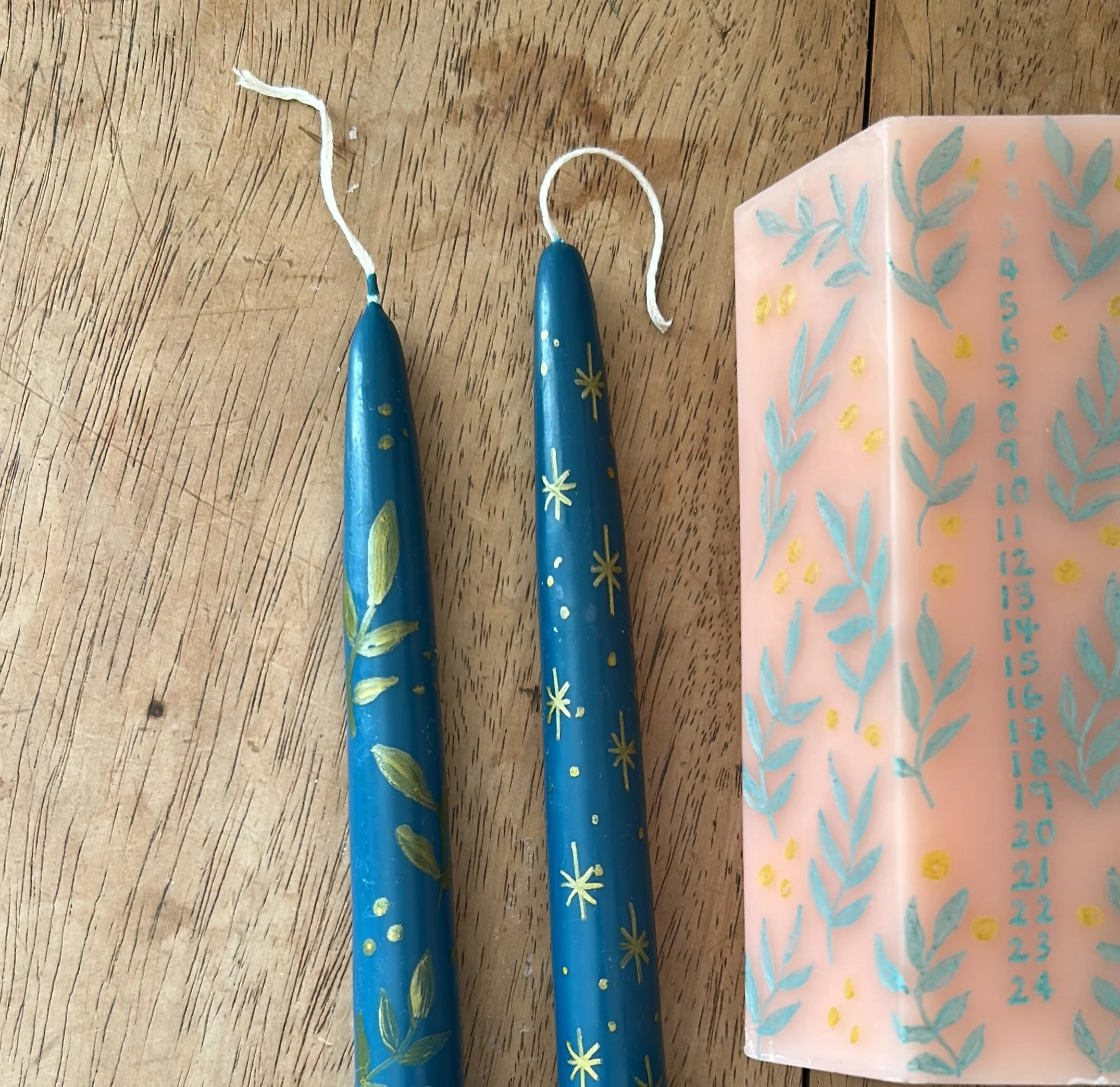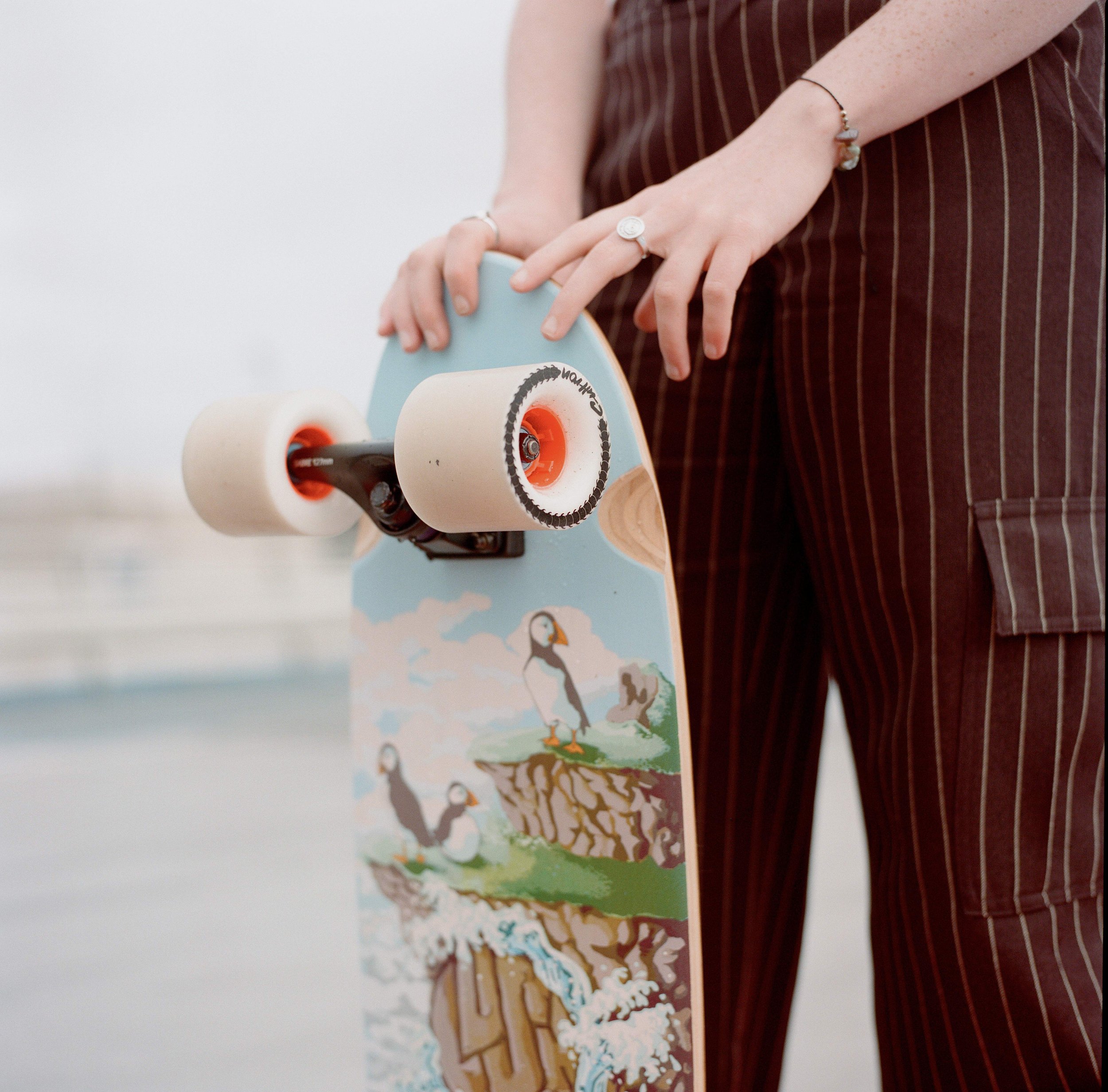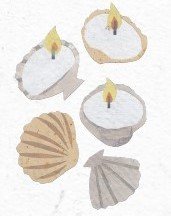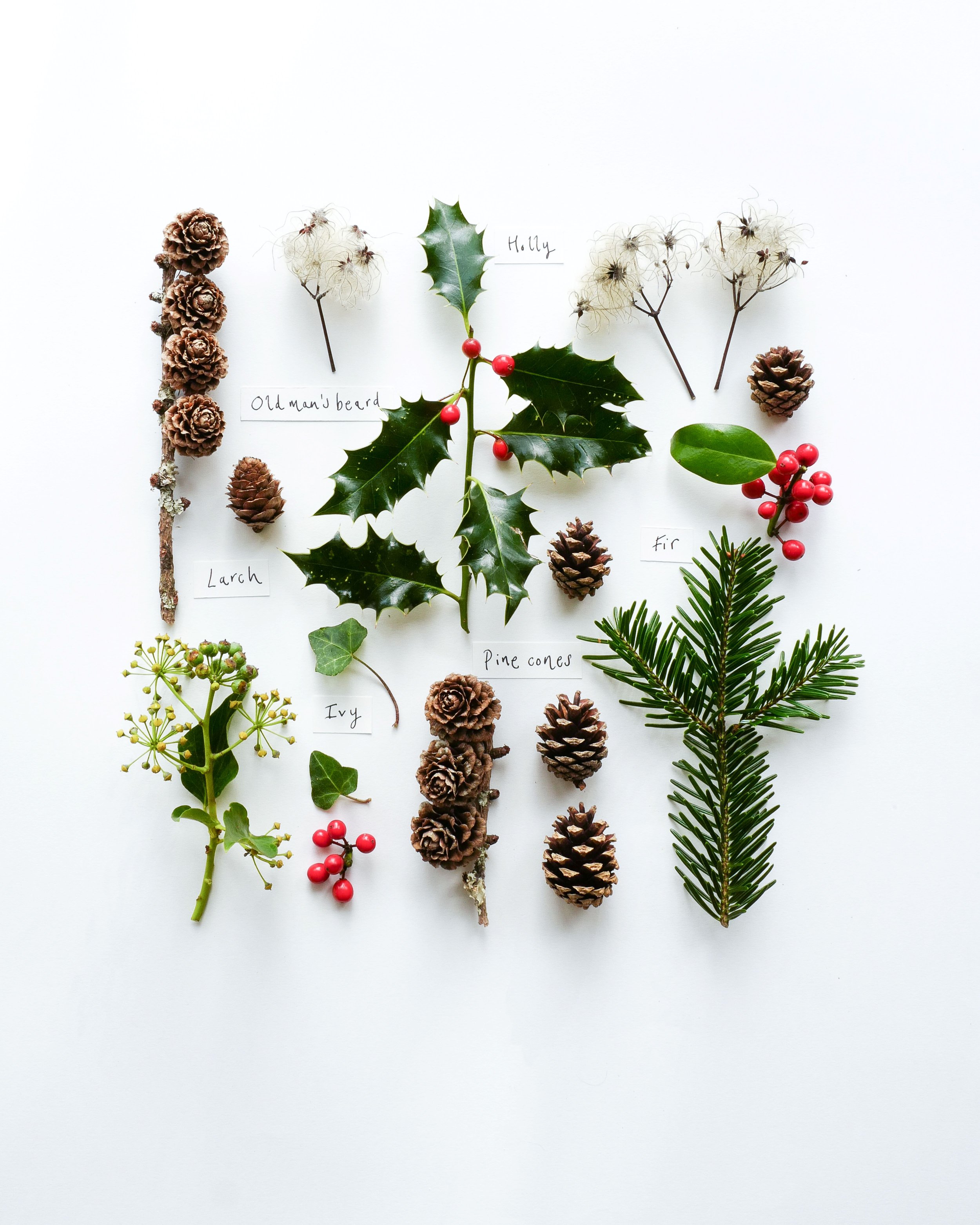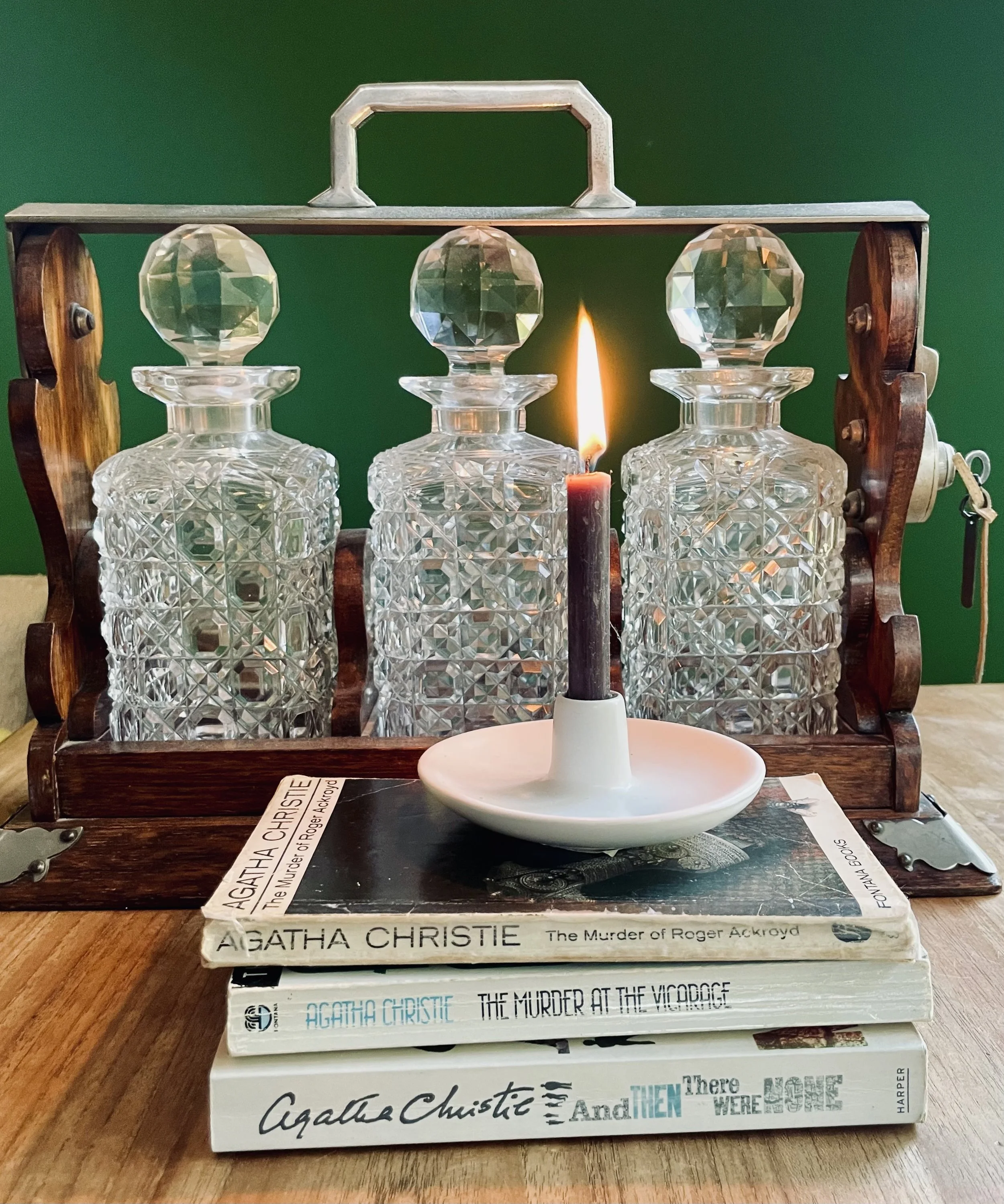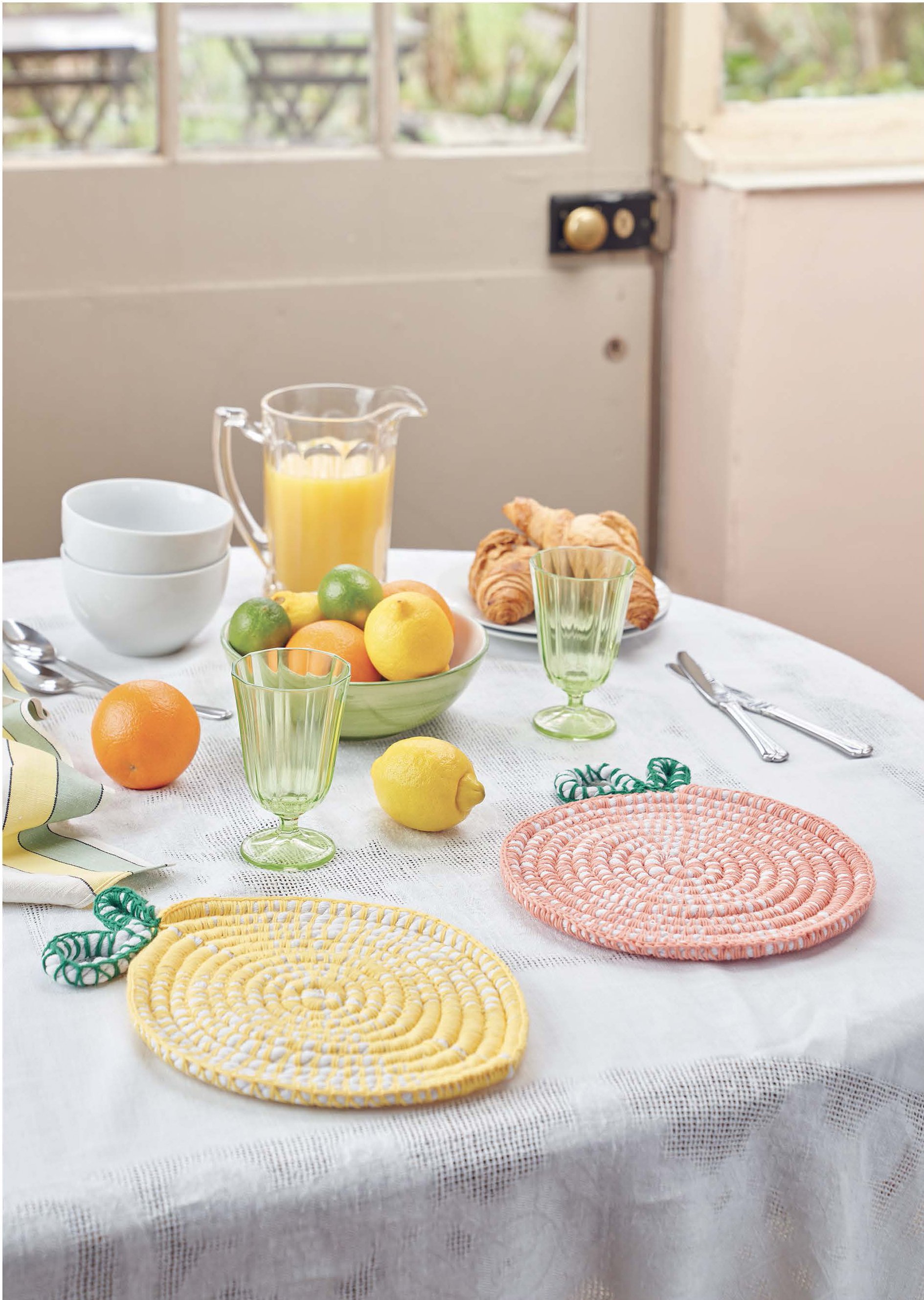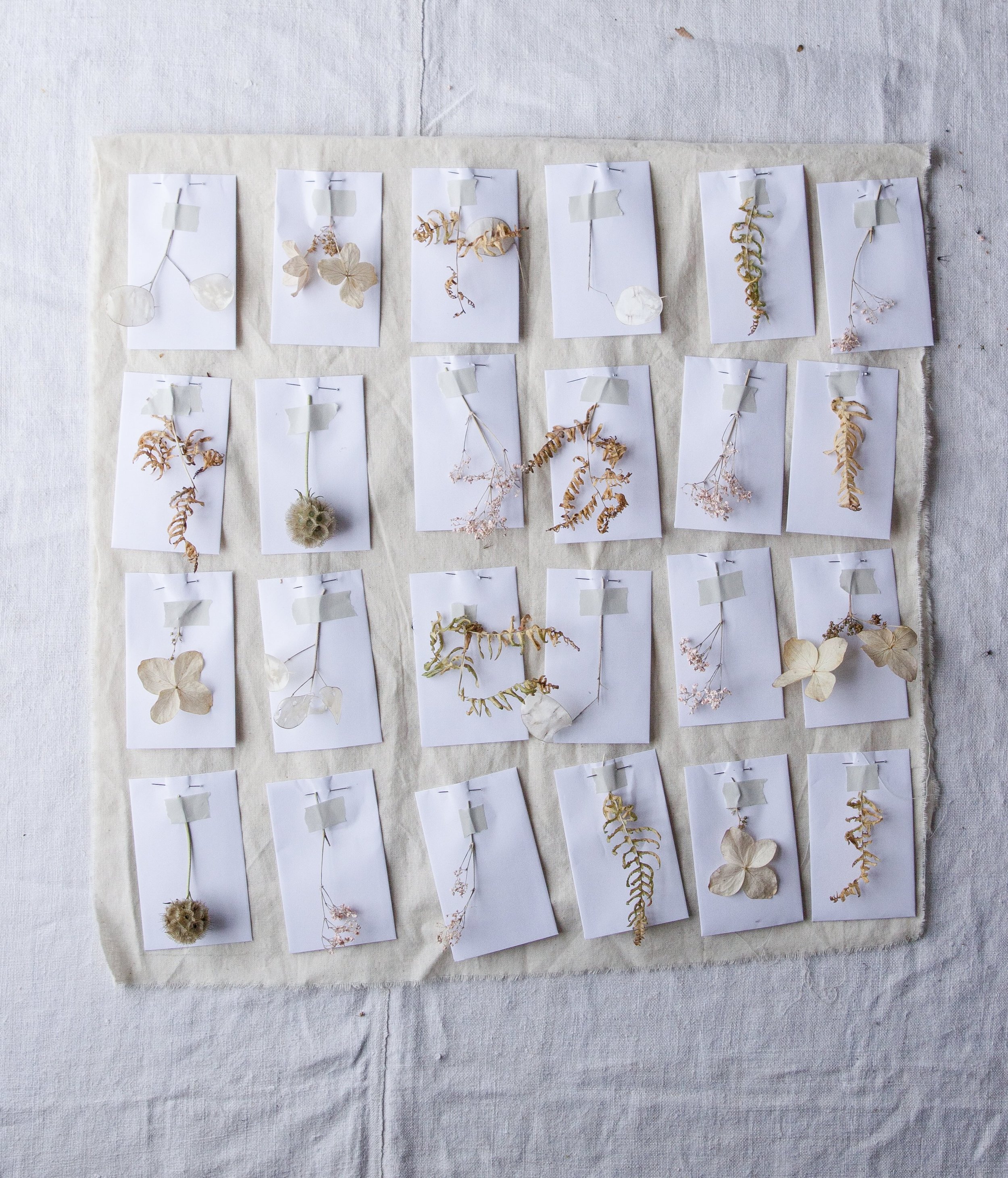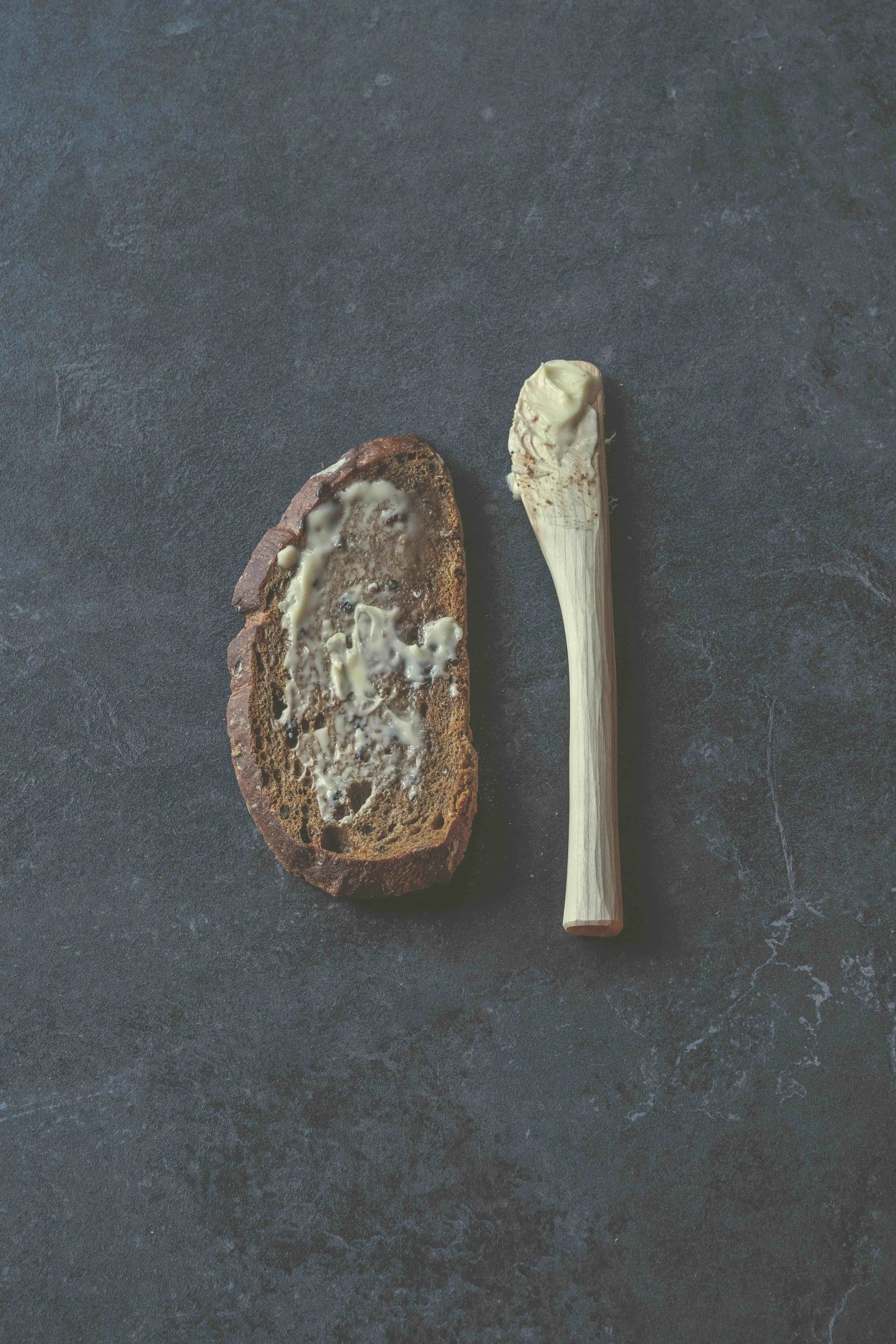Turn an old jumper into a tea cosy with this simple make project
You will need:
Old jumper(s) with high wool content
Cloth bag or old pillowcase
Pen and paper
Scissors
Pins
Sewing machine, or needle and thread
How to make:
1 Put the jumper in a cloth bag or an old pillowcase into your washing machine on a hot setting. This may seem wrong, but it’ll help it felt, making it easy to sew.
2 Take your (empty) teapot and lay it on its side on the paper. Draw a semi-circle over the top to roughly work out the size of your cosy. Neaten up the curve so it’s symmetrical. Add on 1cm all around the curved edge as your seam, and cut out to act as a template.
3 Once your jumper is dry, pin on your template. Position so the bottom ribbing of the jumper can double at the bottom edge of the cosy. Cut out a piece for the front and back.
4 Pin the two pieces together, with the sides you want on the cosy’s outside facing in, towards each other. Leaving the bottom open, sew around your 1cm seam allowance. If you’re on a machine, you can zigzag stitch the raw edges together.
5 Remove pins and turn right way out. You could use leftover scraps for mittens or slippers (see TST149), and enjoy your supply of warm tea.
This project is taken from our January Miscellany pages, where you’ll find facts and fun to interest you each month.











